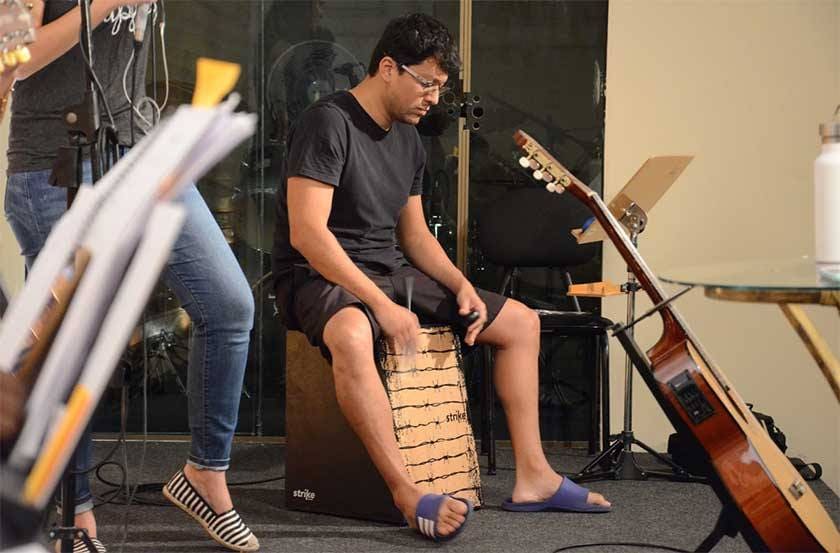
Cajón means “box” in Spanish. It may only look like a box, but it can produce a variety of sounds depending on the material, the sound line, and the way it is struck. We will introduce you to the cajón, which can be played casually and enjoy an acoustic sound.
■ Cajón, a simple percussion instrument
The cajón is like a drum that’s played with bare hands. The player sits on a rectangular box-shaped cajón and strikes it. The front panel is made of wood and there is a sound hole in the back. The sound of the front of the cajón is amplified by the body of the cajón and comes out through the sound hole.
■ Four basic types of strumming
There are four basic ways to play the cajón: low, high, touch, and slap.
Low
Low acts as the bass drum sound on the cajón, and is played by striking the center with the palm. This produces a thumping low sound. If you curl your hand and apply your fingertips, you will lose the lingering sound and produce a short sound. The combination of palm and fingertips is used to beat the low rhythm.
High
he high acts as a snare drum on the drums. The top of the cajon is struck with all four fingers. It produces a mid-range sound, but the resonating strings inside the cajon produces a jangling sound. This is the characteristic sound of the cajón.
Touch
Touch, as the name implies, is a light touch, and the upper part of the cajon (the part above the high) is struck. This is the role of the high hat on the drums.
Slap
The slap is the same as the touch, but the base of the fingers are placed on the corners of the cajon to create a snap. The snap creates a high-pitched sound with a strong attack. This is used to accentuate the sound.
■ The sound of the cajón varies depending on the resonating strings.
Inside the cajon is a metal wire called resonating strings. These resonating strings produce the unique “jingle” that’s characteristic of the cajón. There are two types of resonating wires: wire and snappy.
Wire (strings)
The wire is a metal wire, similar to a guitar string, that is stretched inside the cajón. It is stretched vertically from the top to the bottom of the cajón, so any way of striking the cajón - low, high, touch, or slap - produces a jangling sound. Even when you use your fingers for fine strumming, you can easily produce a muddy jangling sound.
Snappy
Snappy strings are strung with the same resonating wire like that’s used in snare drums. The resonating wire is a bundle of metal wires, which also produces a jingling sound. Snappy cajóns are designed to be used as a substitute for drums.
Since the snappy is attached to the top of the cajon, it makes almost no sound when struck low, touch, or slap. Only when it is struck on high can it produce a solid jingling sound. Only the snare drum can make a snapping sound.
■ The sound depends on the type of wood used.
The type of wood used is the deciding factor in the sound quality of a cajón. The types of wood used include beach, maple, parawood, birch, ash, mahogany, and ebony.
○ Beech
This material produces a well-balanced, bright sound from low to high frequencies.
This is Sound House’s original PLAYTECH brand of cajón. The material is beech wood and the resonating strings are wire. It is a low-priced cajón that can be used well.
○ Maple
This cajón has a gentle tone. The volume is low, so it is suitable for indoor practice.
MEINL / MCAJ100BK-MA Cajon
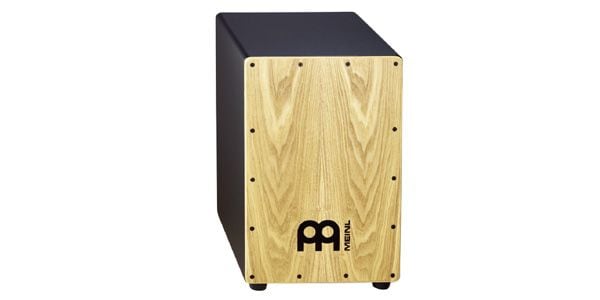
The hitting surface is made of maple and other materials are MDF. The resonating strings are wire. This low-priced MEINL product is recommended for cajón beginners.
○ Para wood
Para wood is from the rubber tree. It produces a well-balanced sound from low to high frequencies.
PEARL / PCJ-CBC/SC Chipboard Cajon
The striking surface is made of parawood and the other surfaces are made of particleboard, which is a laminated material of fine wood chips. The resonating strings are snappy.
○ Birch
Birch is a material characterized by its solid bass sound. Recommended for those who want to play the cajón with a thick sound.
SCHLAGWERK PERCUSSION / SR-CP404 BLK Cajon
The percussion surface is made of beech and the sides are made of birch, and the sound wire is made of snappy. The resonating strings can be detached for a simpler sound, and the appearance of the cajon has a strong impact.
○ Ash
Ash is a hard and dense material that produces a clear and powerful sound.
MEINL / SUBCAJ1AWA
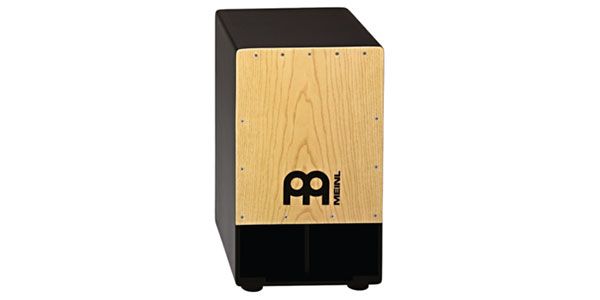
A subwoofer cajon with a sound hole on the front for a good sounding bass. The material is American white ash.
○ Mahogany
Mahogany is a high-grade material often used for acoustic guitars and other instruments. It has a deep and warm tone.
This is a cajon made by PEARL, famous for its drums. The material is red mahogany, and the resonant line is snappy. The sound is very attractive, with a sustain and bass sound that is typical of mahogany.
○ Ebony
Ebony is a high-grade wood often used for the black keys of pianos. It is characterized by its strong bass sound and high volume.
SCHLAGWERK PERCUSSION / SR-CP604
The percussion surface is made of dark ebony and the resonating strings are made of fine snare strings/CW2 snare wire.
■ Enjoy music with a cajón that can be played easily.
Cajóns are compact and stylish in appearance. They are also attractive because they can be placed nearby and played whenever the mood strikes you. It is also cool to play unplugged with an acoustic guitar. I hope you enjoy music with the cajón.
The “sound & person” column is made up of contributions from you.
For details about contributing, click here.





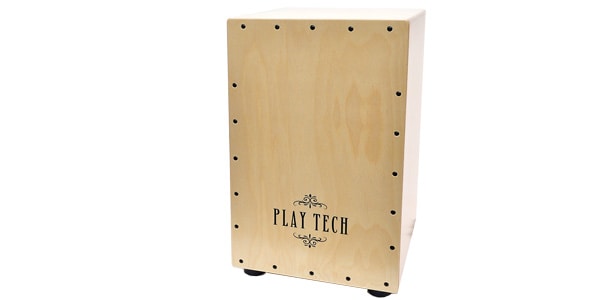
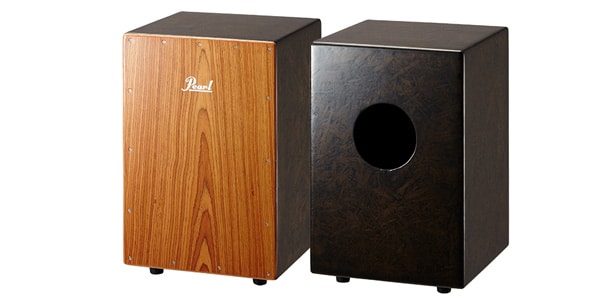
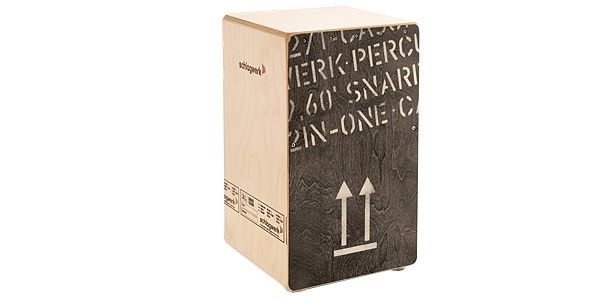
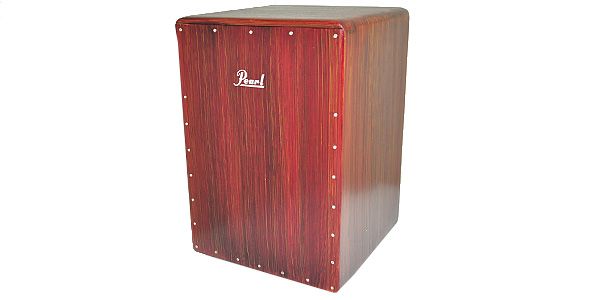
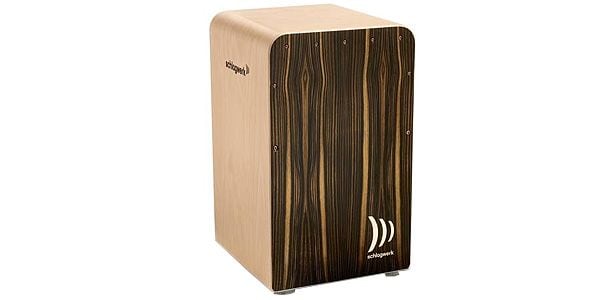











![[2025] The Top 5 Most Recommended Cajóns at Sound House](/contents/uploads/thumbs/2/2021/12/20211207_2_15511_1.jpg)





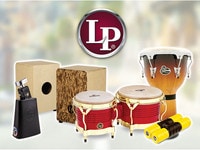 LP パーカッション
LP パーカッション
 SABIAN B8X シンバル
SABIAN B8X シンバル
 ○○やってみた!
○○やってみた!
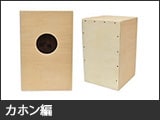 カホン編
カホン編
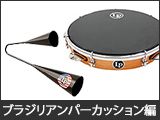 ブラジリアンパーカッション編
ブラジリアンパーカッション編
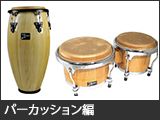 パーカッション編
パーカッション編















